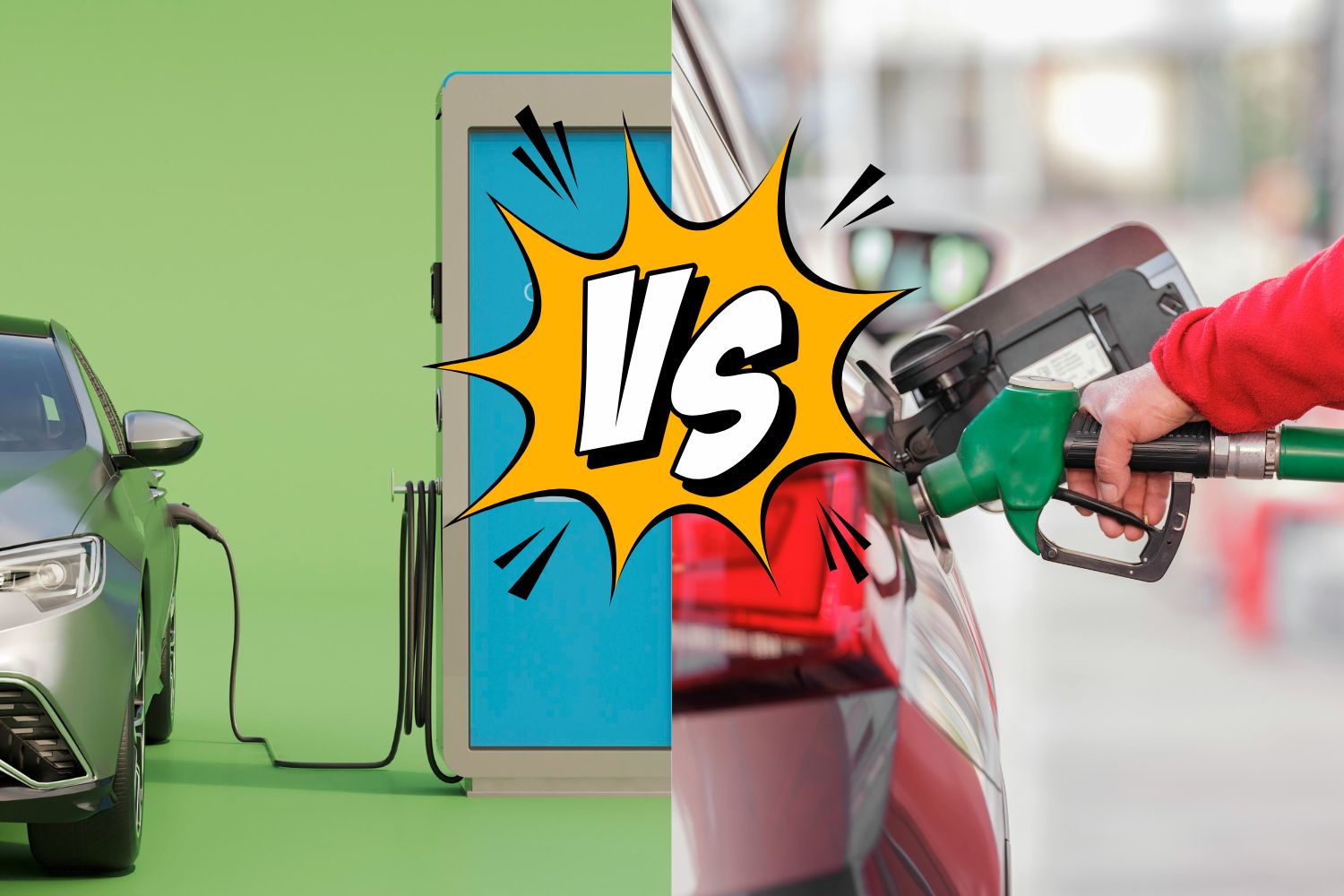Fake news debunked by data: driving an electric four-wheeler drastically reduces the impact on the climate even with the current energy mix. Three years of use are enough to offset the increased production emissions, with benefits that will increase with the growth of renewables

@Canva
Two landmark scientific studies have dispelled this long-held myth, proving with concrete evidence that electric cars (EVs) are conclusively greener over their lifespan.
Two studies, one conclusion
The first report, published by Bloomberg New Energy Finance (BloombergNEF) in March, made a comparison between five big automobile markets (the UK, Germany, the US, China, and Japan). The findings are clear: total CO2 emissions over the entire life of a mid-size electric vehicle are 27–71% lower than for an equivalent internal combustion engine (ICE) vehicle.
The second study, conducted by Nelson-mobility, confirms this advantage, noting that electric vehicles can reduce carbon dioxide emissions by up to 80% in regions where electricity is predominantly produced from renewable sources like hydropower.
The Ttruth about the full lifecycle
Yes, on the manufacturer’s side, an EV actually does emit more—6.57 tons of CO2 compared to 3.74 tons for an ICE vehicle. Most of that initial carbon comes from the battery. That initial disadvantage is quickly made up.
In as few as 18,640–24,854 miles (30,000–40,000 km)—2–3 years of average usage—the electric car achieves an emissions break-even point and becomes ever more eco-friendly. Given that the average vehicle life span is over 124,274 miles (200,000 km), the long-term benefit is staggering.
Efficiency that changes everything
A gasoline car converts only 16–25% of the contained energy of fuel, whereas an electric vehicle uses up to 91% of the stored energy in its battery. In a practical sense: to go 62 miles (100 km), an electric SUV will use up 0.61–1.32 gallons (2.3–5 liters) of equivalent energy for gasoline, but an ICE SUV will consume 1.77 to 5.74 gallons (6.7 to 21.7 liters) of fuel.
In France, where electricity is largely produced using nuclear and renewable fuels, it takes only 120 kg (265.5 lbs) of CO2 to power an electric vehicle for 6,213 miles (10,000 km), compared with 1,800 kg (3,968 lbs) for an ICE car. That’s 15 times less.
As Motus-E states, in the European Union, an electric car releases 10–21 tons of CO2 throughout its entire lifespan, while ICEs never drop as low as 44 tons. In America, the difference is even more stunning: 10–23 tons for electric vehicles versus gasoline-run cars that release 82 tons.
The myth of polluting batteries crumbles
The carbon impact of battery production has already been reduced by half in the last five years, from approximately 440 lbs CO2e/kWh to approximately 220 lbs CO2e/kWh. And it’s only improving. At end-of-life, the technology now recovers as much as 95% of the raw materials in lithium-ion batteries. And on top of that, these batteries can have a second life as home storage systems, adding value for even longer.
A greener future
By 2030, European and American-built electric vehicles will emit 77–86% less CO2 than traditional cars (50% in China), thanks to the growing penetration of renewables into the energy mix, reports BloombergNEF.
Not just climate: health, silence, and safer driving
The benefits of electric vehicles go beyond minimizing CO2. Urban noise pollution avoidance causes fewer stresses for drivers and townsfolk. Scientists from the University of York utilized electroencephalograms on London taxi drivers to demonstrate that electric vehicle driving decreases stress significantly.
This change in driving behavior leaves a concrete afterglow: jointly conducted studies with insurance companies indicate a reduction in rudeness, risky driving, and aggressive acceleration when driving electric. As no surprise to anyone, insurance costs are 24% lower on average for liability and 18.5% lower for comprehensive coverage.
Unobtrusive ease in the longer term
Although the initial price is higher, when the overall cost of ownership (energy, taxes, maintenance, insurance) is taken into account, electric cars are actually cost-effective in the long term. Charging is typically less than $3 per 62 miles (100 km), but with gasoline over $8. Maintenance is also 20–40% cheaper compared to ICE vehicles because there are fewer mechanical parts: no belts, clutches, or hoses that wear out quickly.
